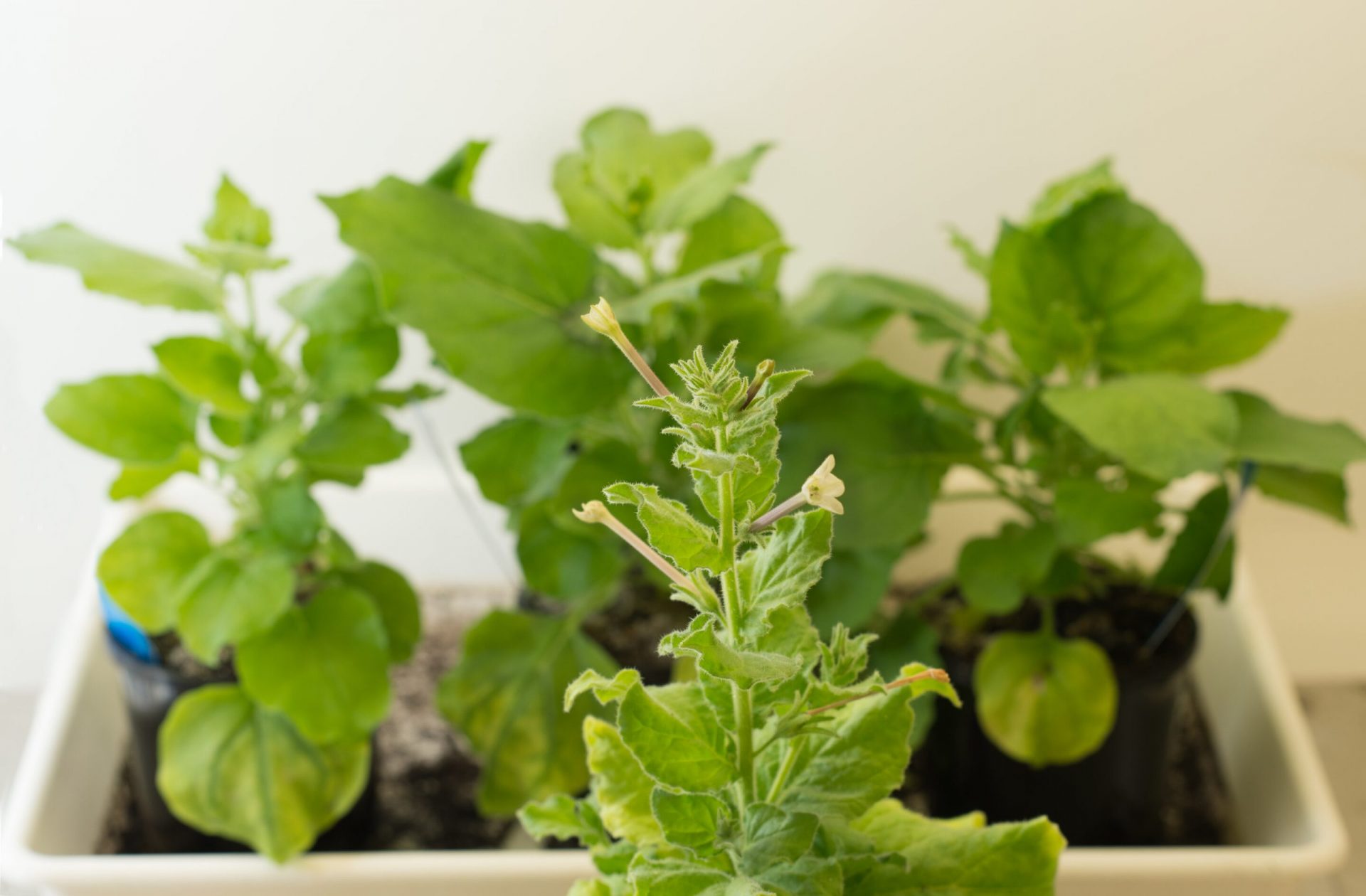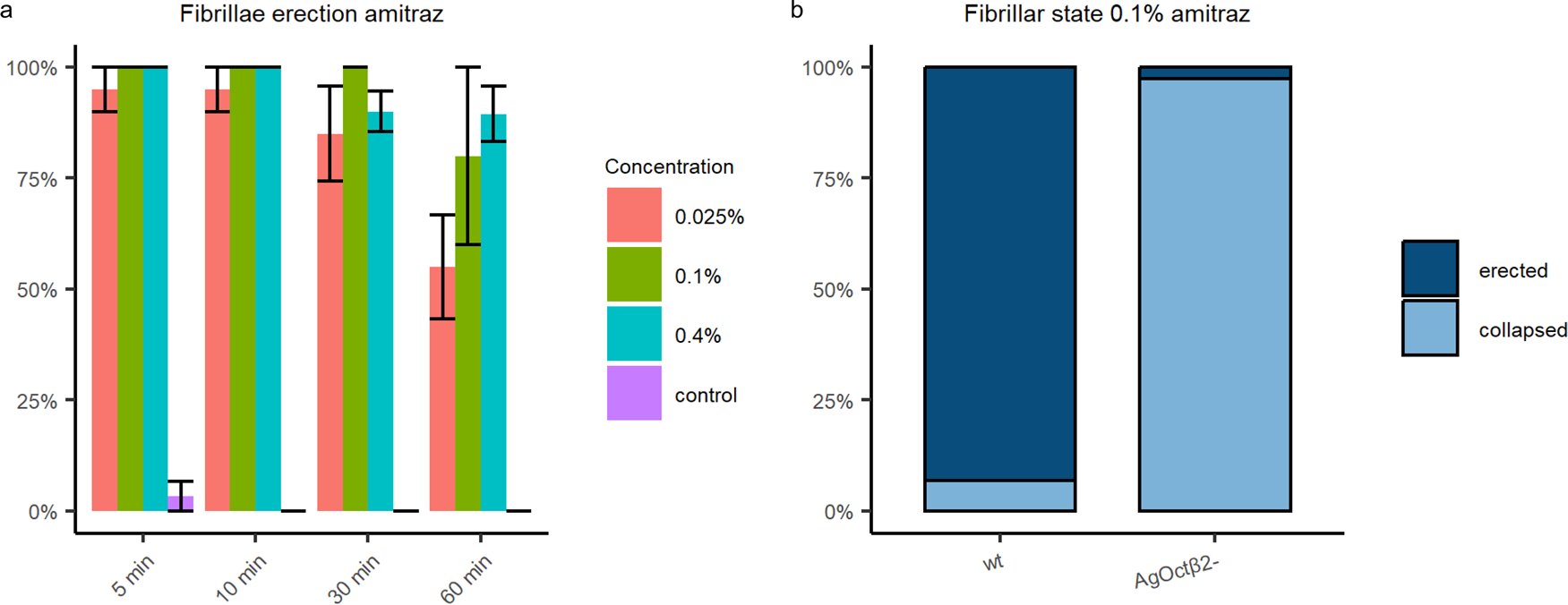An international research project led by QUT has made a groundbreaking discovery regarding the Australian plant, N. benthamiana. This plant has shown immense potential in growing therapeutic proteins and vaccines quickly and affordably. The research, titled “A multi-omic Nicotiana benthamiana resource for fundamental research and biotechnology” and published in Nature Plants, has successfully sequenced the complete genome of N. benthamiana. This plant has already played a crucial role in the production of three COVID-19 vaccines and three COVID-19 testing kits.
QUT Professor Peter Waterhouse, from the ARC Center of Excellence for Plant Success in Nature & Agriculture, emphasized the significance of genome sequencing in medical science and diagnostics. He stated that just like the human genome, understanding the N. benthamiana genome has the potential to revolutionize biotechnological and agricultural research, particularly in the production of therapeutics. This Australian plant is widely recognized as a valuable asset for plant biology research and biotechnology worldwide due to its exceptional ability to facilitate advanced discovery and engineering approaches through fast, transient transgene analysis.
Professor Waterhouse also highlighted the availability of a website (www.nbenth.com) that provides comprehensive access to the genome and its annotation. This resource serves as a roadmap for researchers worldwide, guiding their investigations. N. benthamiana is extensively used by biopharming researchers as a biofactory for producing complex biologics with low production costs, high yields, and scalability. The fully sequenced genome will further enhance the usefulness and versatility of N. benthamiana and its closely related wild strain (QLD).
Professor Chris Winefield, an associate investigator in the ARC Center of Excellence for Plant Success in Nature & Agriculture from Lincoln University, New Zealand, expressed how this genome resource has shed light on the mobile elements within the N. benthamiana genome. He noted that the recent and ongoing burst of activity in these elements may explain the plant’s remarkable ability to thrive in Australia’s harshest environments.








